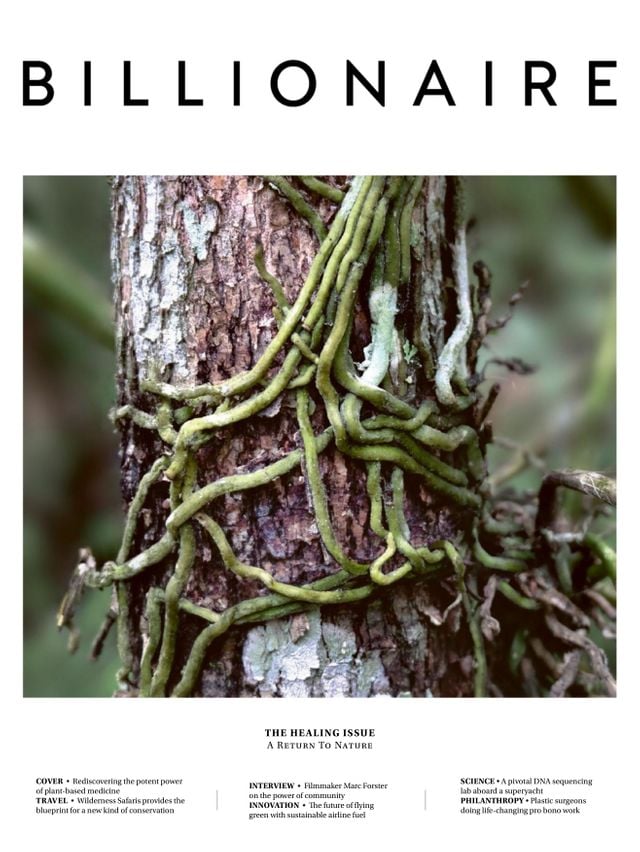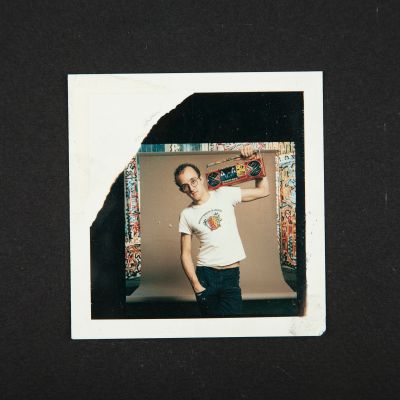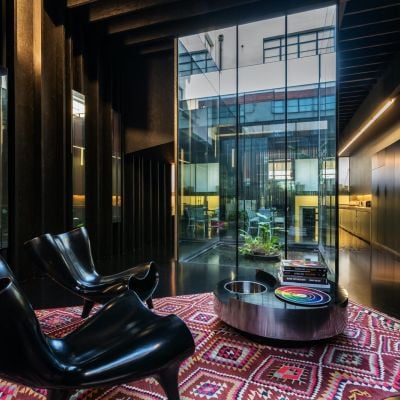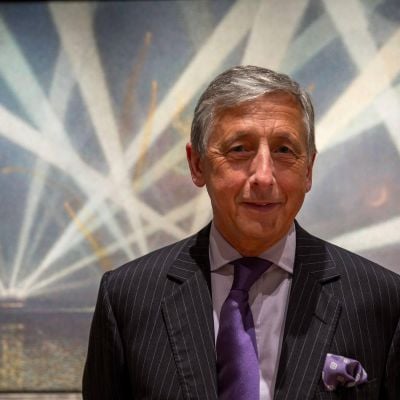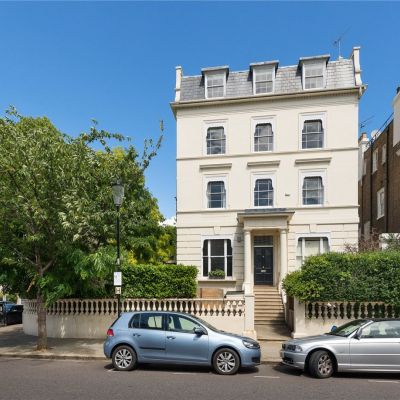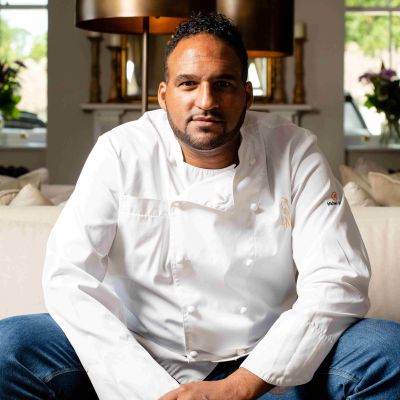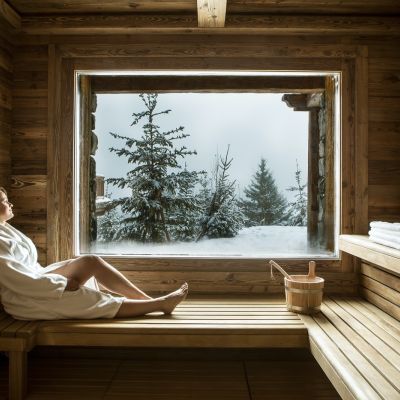Inside the Gene Machine
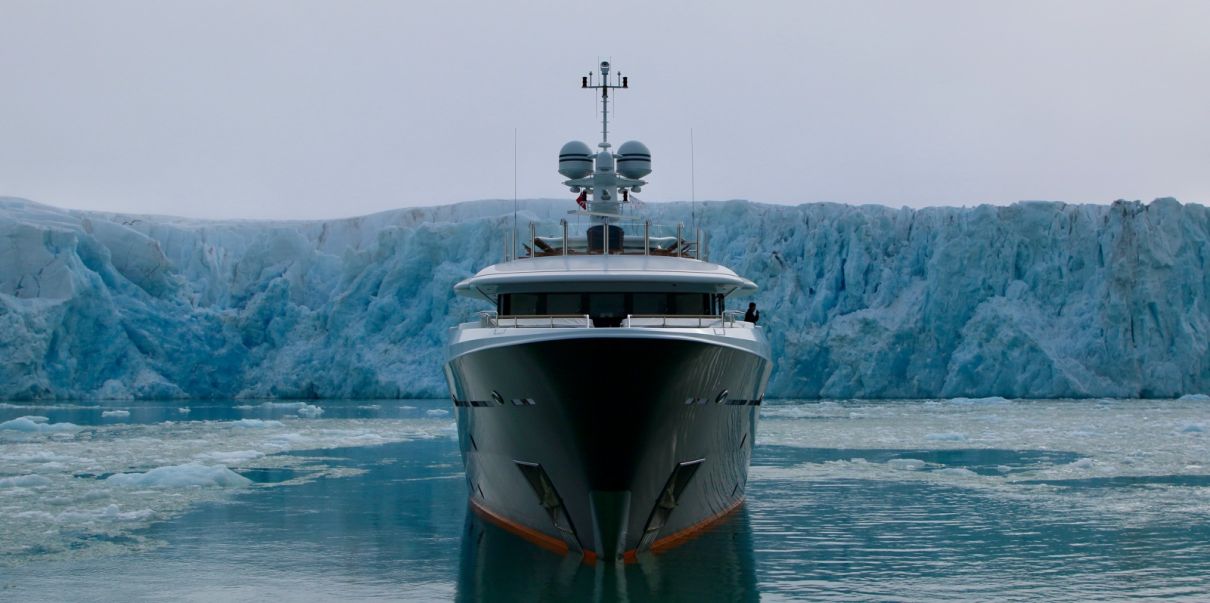
Dr Jonathan Rothberg’s superyacht laboratory is dedicated to cutting-edge scientific research.
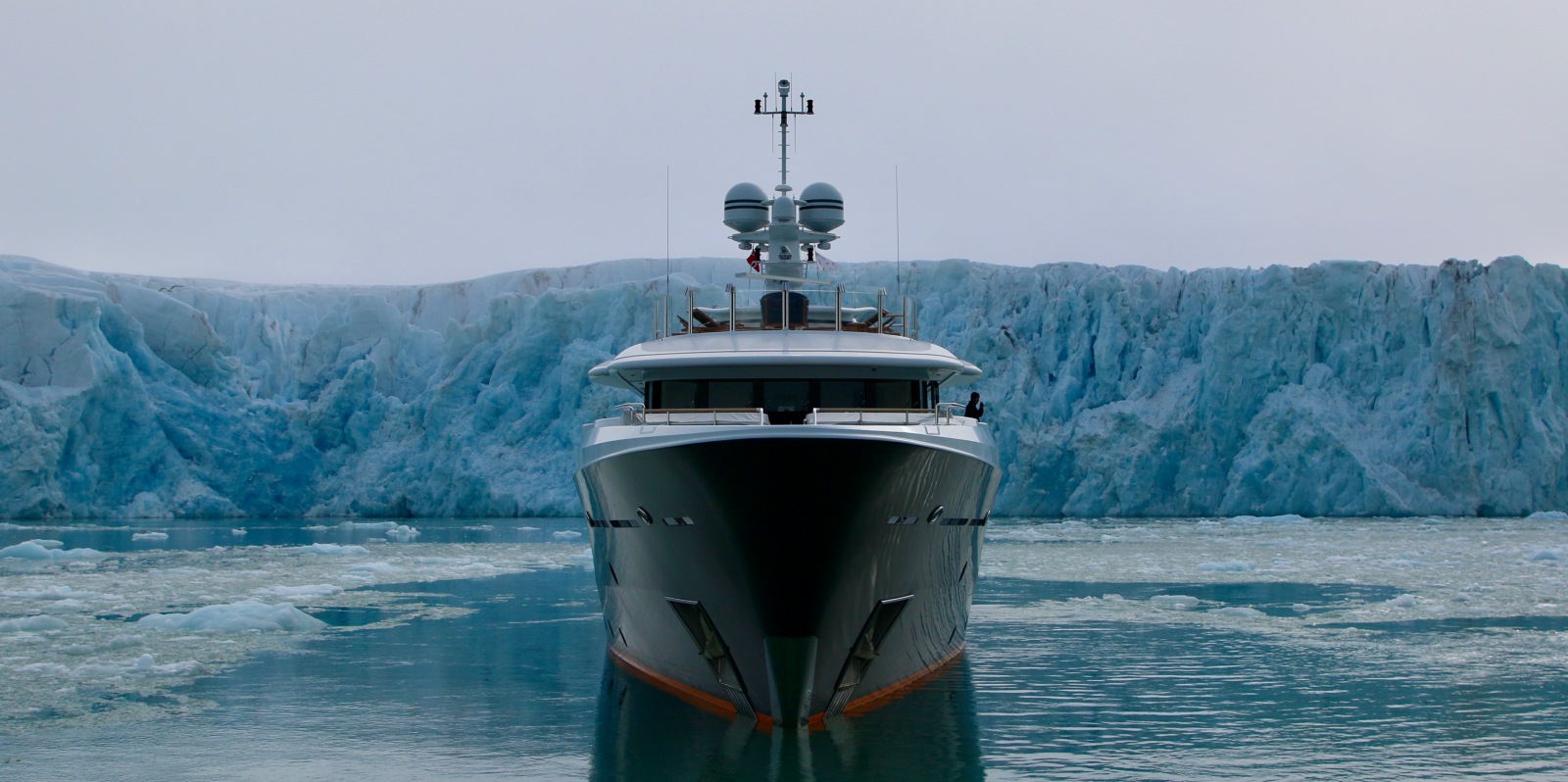
Dr Jonathan Rothberg’s path to billionaire superyacht owner is rather serendipitous, although it’s not luck alone that has paved his way with gold. An appetite to heal, invent and create sits at the heart of his business ideas and ideals. He’s a workaholic family man and a happy one at that.
The 59-year-old geneticist has over 100 patents to his name and raised more than US$2.3 billion in seed capital to date, but it all began with just two investors, US$16 million of federal grants and the unwavering support of his family.
“I wanted to be an entrepreneur and to use my background in engineering and biology to change the way medical drugs were made,” he says. “So, I went cap in hand to my parents and six siblings, all of whom invested money into my idea at 50 cents a share. Turns out the idea was good.”
The idea was CuraGen, a genomic company, which he founded in 1991 while studying for his PhD in biology at Yale University. With CuraGen, Rothberg was on the leading edge of genome science making drugs for cancer. In 1999, the company went public, and stock went to US$256 a share. By the next year, CuraGen had a market cap of US$5 billion, bigger than that of American Airlines.
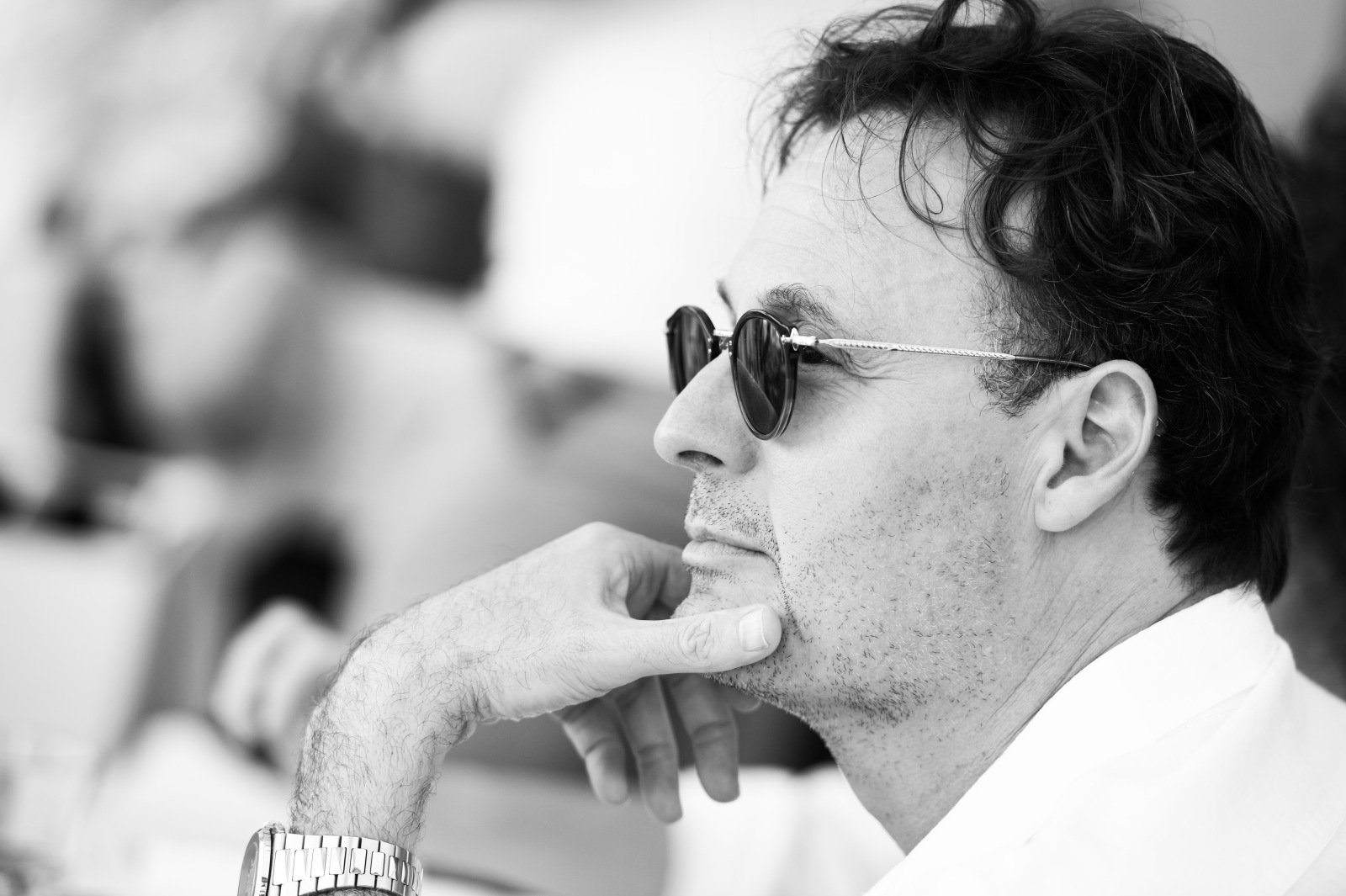
“My family helped because they love me. Who knew they’d all make 500 times on their investment,” he laughs.
Of course, the road to billionaire status is peppered with peaks and troughs. The elation of success was soon quelled when his son Noah, the first of his five children, was born with a rare genetic disease the following year.
“At that stage in life, I thought I was on top of the world,” he says. “I was an entrepreneur with my own company that I’d taken public with one of the best stocks on the Nasdaq. When Noah was rushed into ICU, all I was interested in was finding out what was wrong with my son.”
The experience drove Rothberg to found 454 Life Sciences, a subsidiary of CuraGen that focused on inventing high-speed DNA sequencing. It led to the publication of the first entire individual human genome, for which, in 2015, he was awarded the national medal of technology and innovation by President Obama.
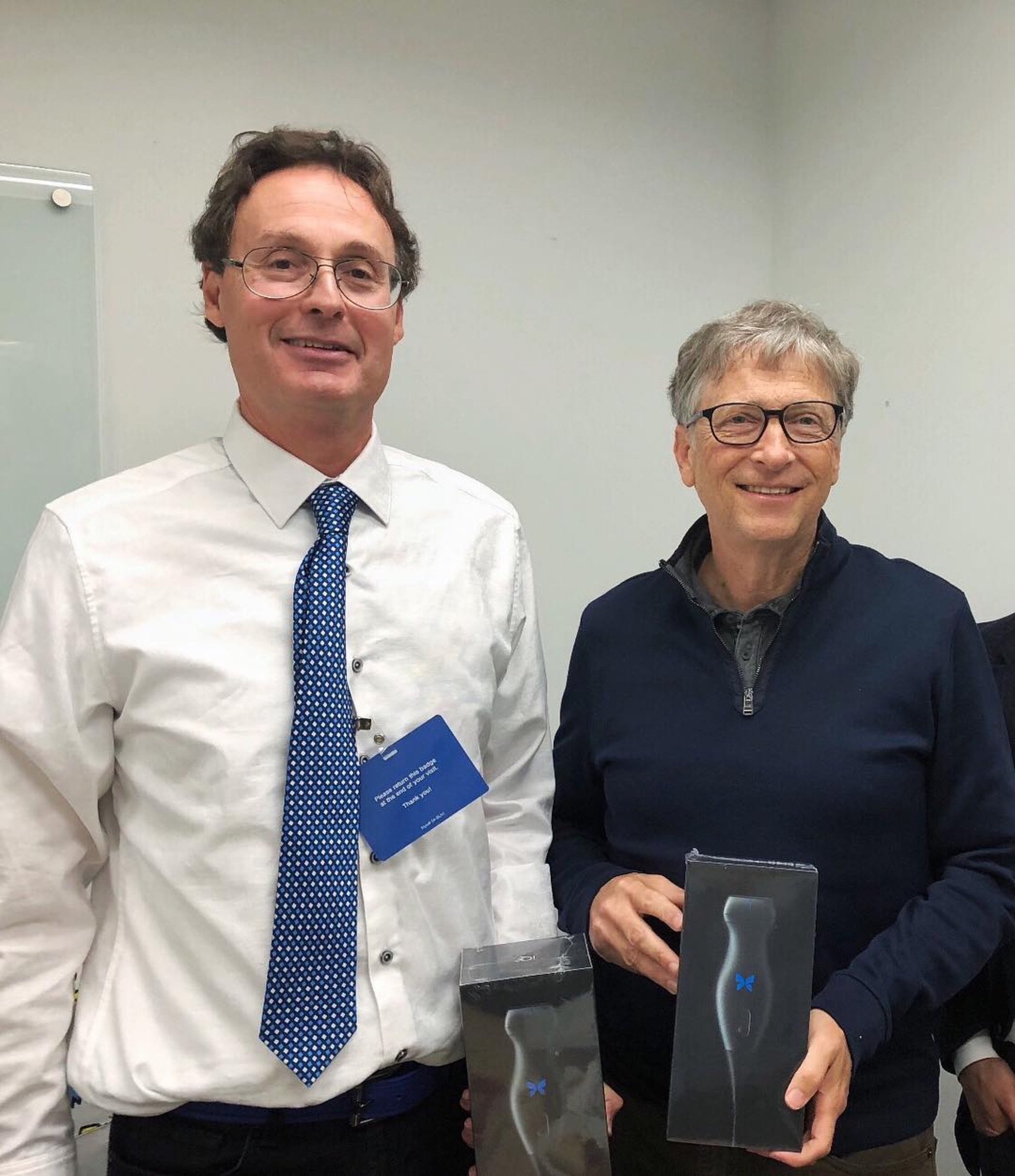
The manufacture of the world’s smallest personal genome machine and cheapest DNA sequencer came next. He sold that company in 2010 for US$725 million and did what any land-locked scientist would do; he celebrated by buying a boat: a Westport 130.
Rothberg grew up in New Haven, Connecticut. Long Island Sound was on his doorstep though his boating experience was recreational at best. The Westport 130 gave his family a taste for the high seas, and before long they upgraded to a 55m superyacht named Gene Machine. In 2017, they put the boat’s 4,500 nautical mile range to the test, visiting 10 countries in 71 days. Starting in Monaco, they cruised around the Mediterranean before heading to Svalbard in Norway and the Arctic. The polar regions proved to be a turning point.
“The first splash of cold water to the face was the fact our maps were wrong,” he says. “Can you imagine seeing a peninsula on the map that looks like Florida and it turns out that Florida is now an island? The glaciers were melting so fast I saw the crew take a shower in the waterfall running off one. I thought, that water’s been frozen for 40,000 years. What can we learn if I sequence what’s in it? Why not use our environment to heal our environment?”
Rothberg set about installing a modest laboratory on the boat. An intern worked alongside his daughter sampling water in the onboard DNA sequencer. “I was looking for things I could use to mitigate climate change,” he says. More specifically, they were looking for bacteriophage, Earth’s smallest self-replicating organism, which is densely concentrated in seawater and whose genomes could help to fight global warming.

That work continued until 2020 when the arrival of Covid ushered in a step change. Rothberg diverted his attention to developing what is now a best-selling FDA-authorised molecular home test kit called Detect, headed up by MIT-grad and former Zuckerberg advisor, Hugo Barra.
“We worked day and night, but it got to be too much,” he admits. “Not for me, but for anybody else in the family that wanted to enjoy the boat.”
Family enjoyment of the boat usually takes the shape of paragliding above glaciers, spotting polar bears and reindeer and making memories under the Northern Lights. When they’re not on the beach, they’re in the water swimming with whales. Something had to pop the Covid bubble.
Five months later, Rothberg took delivery of Gene Chaser, a 55m support vessel. Gene Machine is for family, and he likens it to the Four Seasons. Gene Chaser is for work and more akin to the Premier Inn.
“Around 95 percent of work is done on Gene Chaser. I tell my family 100 percent but I do just a little bit of computational stuff on Gene Machine when nobody’s watching,” he says smiling.
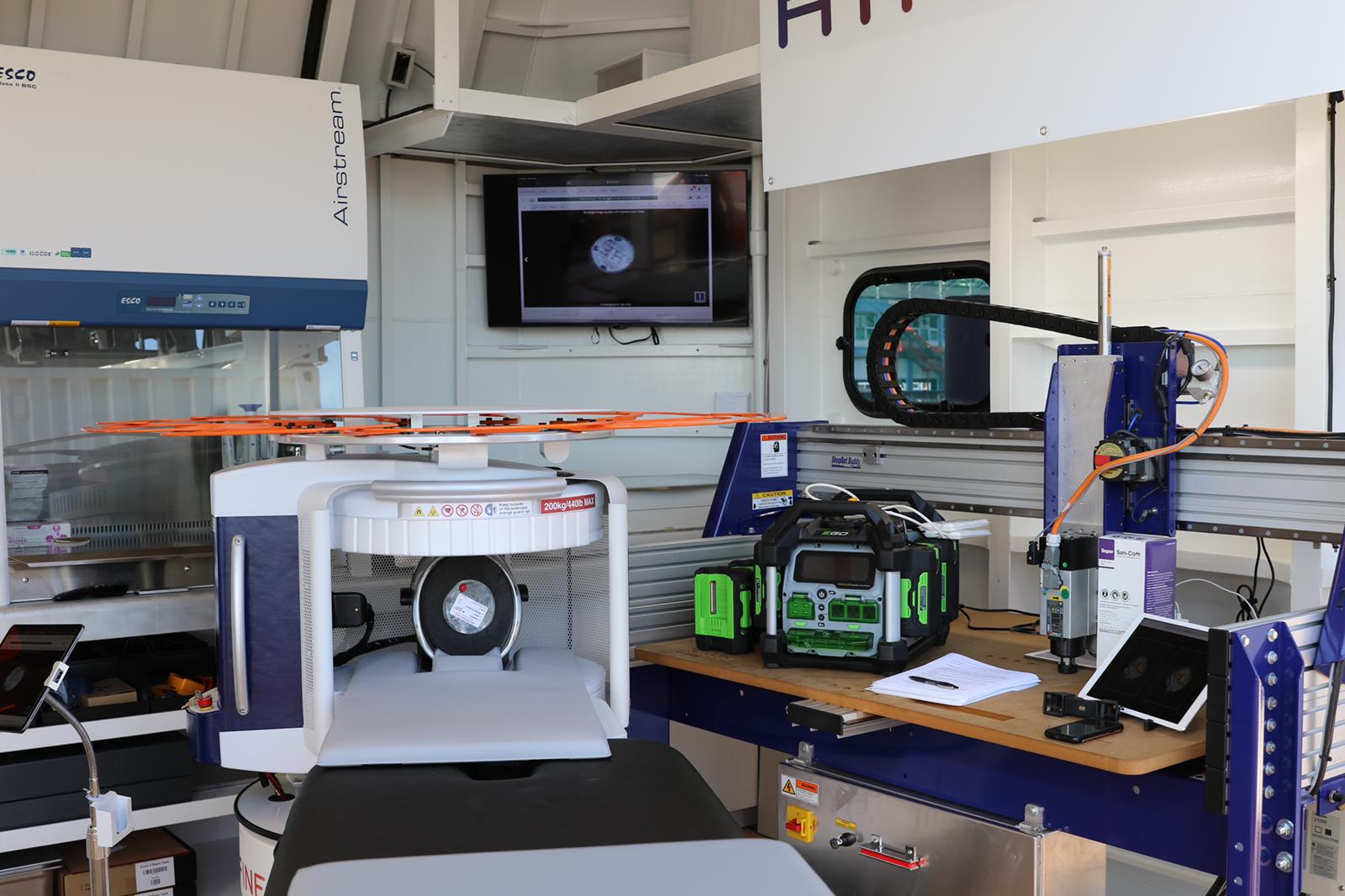
Rothberg spent a month outfitting Gene Chaser with a molecular biology laboratory, including 3D printers and a full machine shop. The boat accommodates 11 guest researchers and four full-time researchers who live aboard. The family has its boat back. And Rothberg has a new lab.
His enthusiasm for his work is infectious and shows no sign of wavering. His onboard inventions include the Butterfly IQ: a handheld portable ultrasound machine so compact it’s been to space twice, once with NASA and once with SpaceX on resupply missions to the International Space Station.
In 2022, his attention reverted to fighting climate change, this time by leveraging artificial intelligence to build profitable products in the bioeconomy, the first of which is an infinite recycling solution for plastic waste. Investors so far include Stella McCartney and Mark Zuckerberg.
“I started a new company with my son called Protein Evolution that we raised US$25 million for this week,” he says. “We’re using natural enzymes that we improve with artificial intelligence to clean up the world’s plastics. We’re going back to that original mission, instead of healing people we’ll heal the Earth. It’s fantastic, and it all started on Gene Chaser.”
This article originally appeared in Billionaire's Healing Issue. To subscribe, contact

